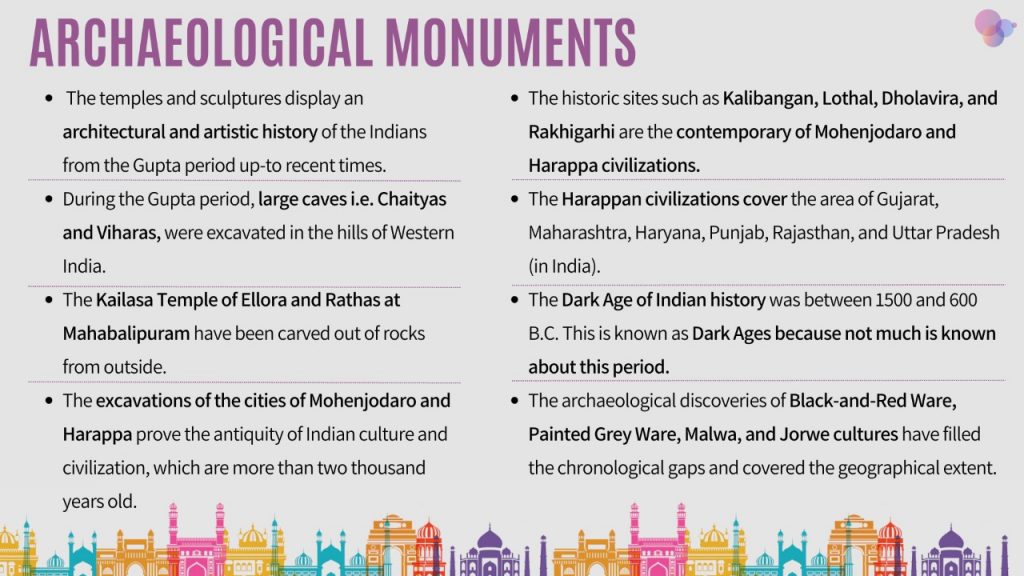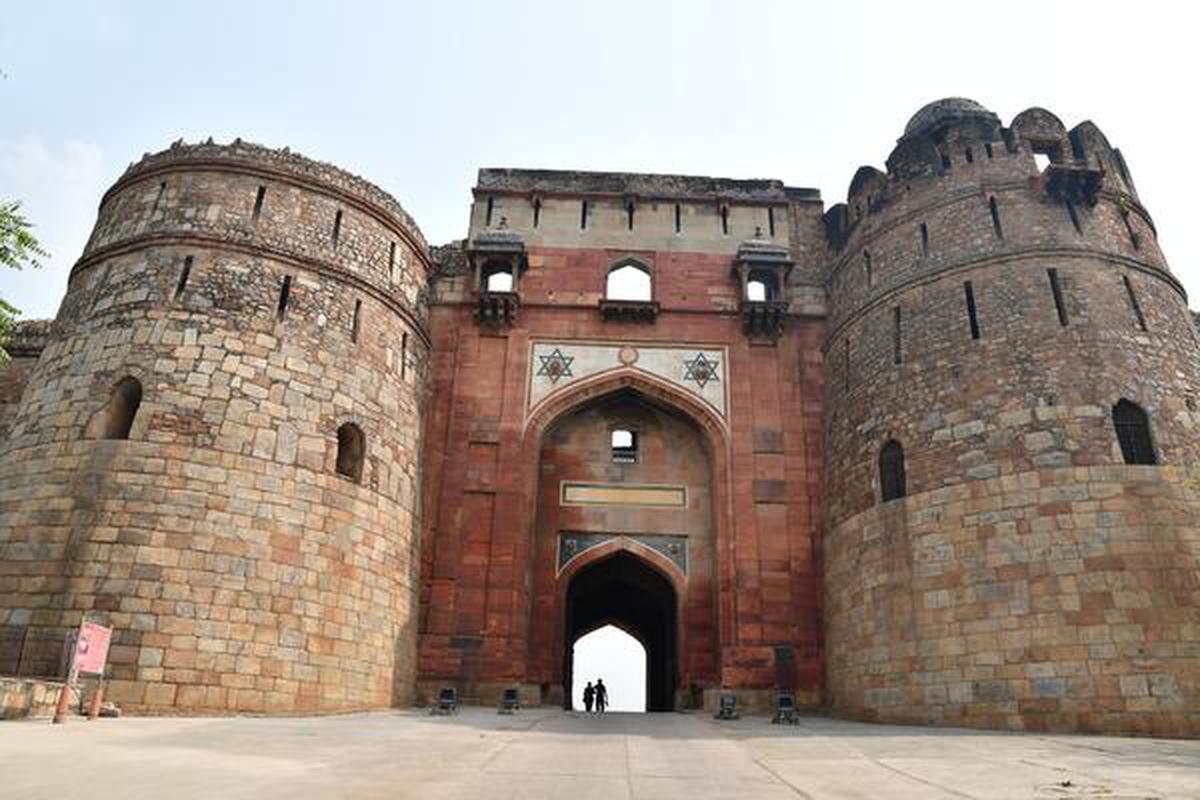News Highlight
Purana Qila: Archaeological Survey of India (ASI) reopens trenches excavated earlier to find ‘first occupants’.
Key Takeaway
- On January 17, a team of conservationists and other professionals visited the site, uncovering trenches and preparing the historic landmark for excavations.
- After the exercise is completed, ASI intends to build a shade over the excavated areas and make them accessible to the public.
- During such excavation activities, areas are identified to be dug up, layers of earth and debris are unearthed, and cultural material is appraised.
Purana Qila
- About
- Located in New Delhi’s south-eastern outskirts.
- Purana Qilla, a 16th-century fort, was erected by Sher Shah Suri and Humayun, the second Mughal emperor.
- Moreover, the fort stands on a place with a history dating back thousands of years.
- In earlier excavations, Purana Qila was identified as an ancient Indraprastha settlement with a continuous habitation of 2500 years.
- Painted grey ware from 900 BC, part of an earthen pottery sequence spanning the Maurya, Shunga, Kushana, Gupta, Rajput, Sultanates, and Mughal periods.
- Artefacts include sickles, parers, clay toys, kiln-burned bricks, beads, terracotta figurines, seals, and dealings.
- Furthermore, the historian Alexander Cunningham linked the fort to Indraprastha.
Architecture
- Overview
- The Purana Qila fort complex, as it stands today, is a collection of numerous constructions spread across more than 300 acres.
- It was surrounded by a wide moat linked to the river Yamuna- the waters that once lapped against the eastern walls of the fort.
- Only a few monuments are thought to have remained from the original construction.
- Some of these fixed constructions are thought to be the work of Humayun, while others are attributed to Sher Shah.
- The Gates
- The three beautiful gateways that still stand today attest to the magnificence of the Purana Qila.
- Today, the Bada Darwaza is the fort’s leading entrance port.
- In addition, it is a sturdy structure surrounded by two large bastions.
- The gate is made of red sandstone with white and greyish-black marble inlays, while the bastions are made of stone and rubble.
- Multiple arrow slits can be seen in both the upper part of the gate and the bastions.
- The Humayun Darwaza is the fort complex’s southern entrance.
- This entrance has two stories and a towering arch in the centre.
- The Talaqi Darwaza, also known as the Forbidden Gate, is located on the complex’s northern flank.
- Talaqi is a fascinating name with various intriguing legends associated with it.
- On the other hand, the monarch was assassinated, and the gate is claimed to have stayed closed ever since.
- There are two entrances to the gateway: higher and lower.
- While the upper, more ornate one served as the primary entrance, the lower one previously opened at the moat level.
Purana Qila under Mughals
- Humayun restored Purana Qila in 1533, which took almost five years.
- The fort was built within Din Panah, a small settlement in Delhi.
- In 1540, Sher Shah Suri fought Humayun and took control of the fort.
- Additionally, Humayun maintained the fort’s reconstruction after regaining victory.
- Shah Jahan desired to relocate his capital from the old fort, so he built Lal Qila or the Red Fort.
Archaeological Survey of India (ASI)
- About
- Firstly, the ASI is the country’s leading archaeological research and cultural heritage protection body.
- ASI’s principal purpose is to preserve archaeological sites, ancient monuments, and remains of national significance.
- The ASI is headed by a Director-General and is headquartered in New Delhi.
- Alexander Cunningham established it in 1861.
- In addition, it is a statutory body after independence under the AMASR Act 1958.
- It operates under the auspices of the Union Ministry of Culture.
- Furthermore, it also oversees the Antiquities and Art Treasure Act of 1972.
Archaeological Survey of India Activities
- It is responsible for archaeological excavations and explorations.
- It protects, conserves, and preserves protected monuments and archaeological sites of national significance.
- It protects monuments and ancient remnants with chemicals.
- It conducts monument architectural surveys.
- It undertakes epigraphic and numismatic research.
- It establishes on-site museums.
- It provides archaeology instruction.
- It publishes archaeology material.
- It also organises archaeological digs outside of India.
- It conducts horticultural operations on and near archaeological sites.

Conclusion
- It is believed that many secrets still lie buried in the depths of the timeless structure of Purana Qila.
- The primary mission of the ASI is to preserve ancient monuments, archaeological sites, and national-historical artefacts.
Pic Courtesy: The Hindu
Content Source: Hindustan Times



